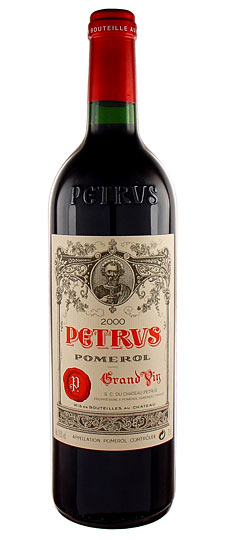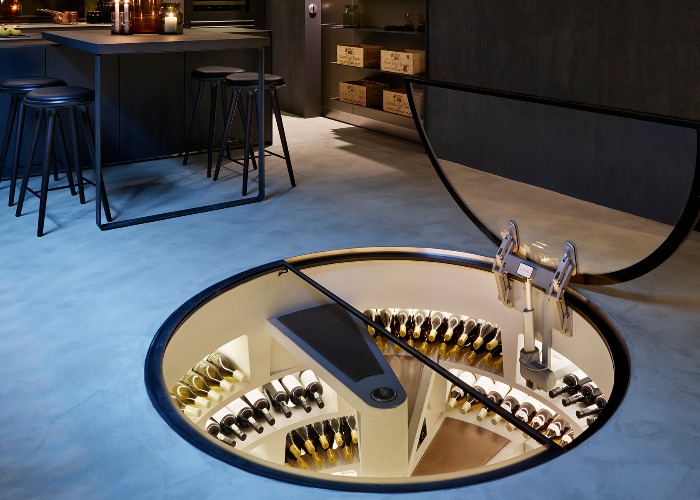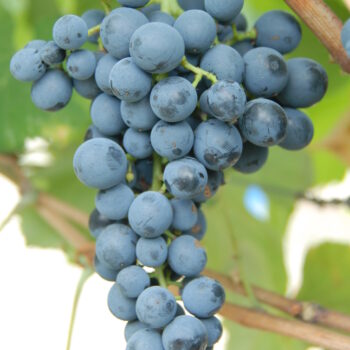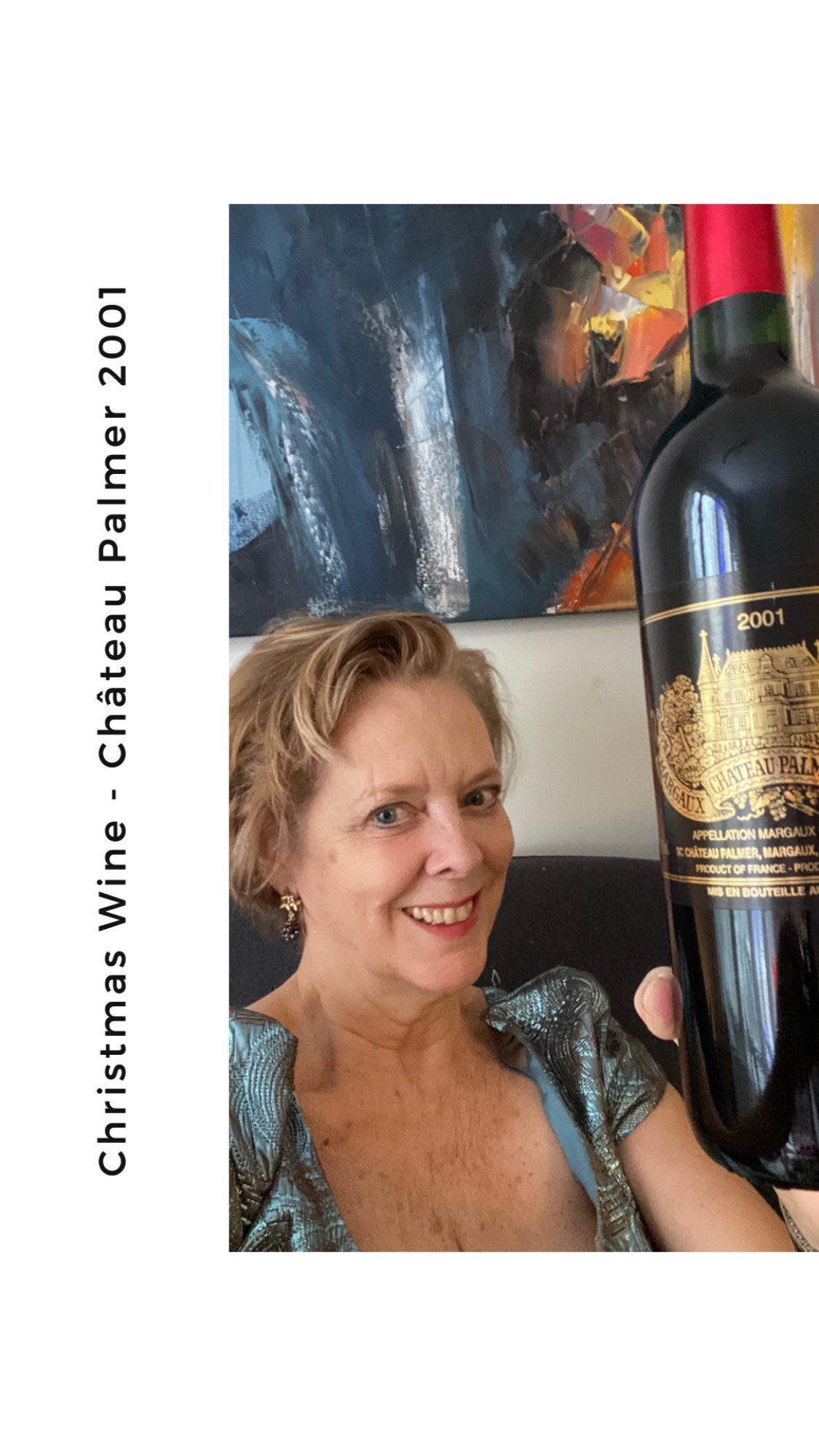Twelve bottles of Petrus 2000 spent 14 months aboard the International Space Station — and allegedly tastes ‘several years older’ than it is.
This “space wine” left earth November 2019 and was launched into space. The twelve bottles valued at about $6,000 each spent 438 days aboard the International Space Station (ISS), where a team of disciplined astronauts refrained from drinking them. The wine circled Earth many times, subject to the uncertain effects of microgravity and cosmic radiation, before finally returning to land aboard a SpaceX Dragon capsule on Jan. 14, 2021.
In a statement published May 4, Christie’s auction house announced it will sell a single bottle of the space aged Pétrus 2000 through its Private Sales website (a brokerage service that connects private buyers and sellers outside of the auction house – https://www.christies.com/privatesales/index). The bottle is expected to fetch about $1 million. It comes packaged in a custom trunk that includes a bottle of terrestrial Pétrus 2000.
Proceeds from this sale will help fund future space-wine research by Space Cargo Unlimited, the private company that sent the bottles to the ISS in 2019. The company has five more wine-related experiments in the works, including a study of the effects of microgravity on grapevine shoots and a plan to study the fermentation process in space, according to Live Science sister site Space.com.
Does space wine taste different?
“I found there was a difference in both color and aromatics and also in taste,” panelist and wine writer Jane Anson told CNN.com.
She added that the space wine tasted “a bit more evolved” than the wine that had remained on Earth, as if it had aged an extra two to three years while in space.
Source: Space.com
#space #wine #spacewine @christieswine #bordeaux #vintagewine #wineinvestors #wineinvestment #finewine #instawine #winelovers #redwine #Petrus #wine #vin #frenchwine #investmentwine #agedinspace #InternationalSpaceStation #ISS #SpaceXDragon #winenews #wineauction



![The Union des Grands Crus de Bordeaux announces 10 cities to host “en primeur” tastings [April 26-29]](https://www.liz-palmer.com/wp-content/uploads/2021/03/Bordeaux-1200x813.jpg)

